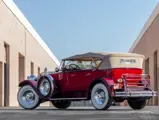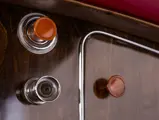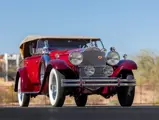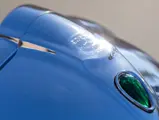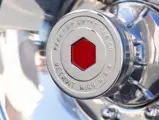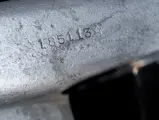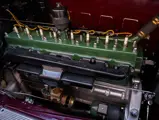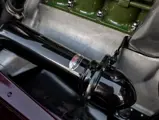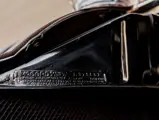
1930 Packard 740 Custom Eight Sport Phaeton
{{lr.item.text}}
From The Janet Cussler Car Collection
Offered Without Reserve
{{bidding.lot.reserveStatusFormatted}}
- High-quality older restoration in stunning colors
- Pilot Ray driving lights, radiator stone guard, C.M. Hall spotlights, and Packard-badged See-Rite mirrors atop side-mounted spares
- A CCCA Full Classic
With new styling overseen by famed designer Ray Dietrich, the Seventh Series Packard models debuted on 29 August 1929 sporting lower, sleeker lines and the beautifully flowing front fenders so emblematic of the Classic Era. Even though a wide range of custom bodies were available from the finest coachbuilders of the time, most Packards were production cars, and they were well-built, luxurious, smooth, and very quiet nonetheless. The dual-cowl sport phaeton was the most memorable and fiercely desirable design on these chassis, and today is considered one of the most evocative of the Classic Era.
According to former owner Jack R. Miller, the Packard 740 Custom Eight Sport Phaeton offered here came out of the McGowan brothers’ collection in Branford, Connecticut. It was restored by the late Dick Terhune of Blue Ridge Restoration in Virginia and sold by Mr. Terhune directly to Mr. Miller, who exhibited it in Antique Automobile Club of America competition, achieving its National Senior First Prize at Chattanooga in 1979. After about a year, Mr. Miller sold the Packard to Jerry J. Moore of Houston, after which it passed to the well-known Texas museum of the late Sterling McCall. Beginning in 2006 it joined another vast Lone Star stable, that of John M. O’Quinn. Clive and Janet Cussler happily purchased it in January 2009, and it has remained within their collection in Arizona for the past 15 years, as one of its longest-term denizens.
In its colorful, bright two-tone red finish, accented by chromed wheels and whitewall tires, the car has quite a striking appearance, appropriate for such a sporty model and further accentuated by the additions of Pilot Ray driving lights, a radiator stone guard, C.M. Hall spotlights, and Packard-badged See-Rite mirrors atop the side-mounted spares. Significantly, while the vehicle number plate is a replacement, the body retains the telltale features of an original sport phaeton, including proper hardware for the rear cowl and the small vent door between the side doors. While the restoration is older, it is holding up quite well, with age limited to the usual wear areas in panel gaps, and is still very attractive and obviously of good quality, inside and out.
Befitting the free-flying spirit of Clive Cussler, this is one of the most beautiful, rakish automobiles in the collection that he and Janet Cussler have so lovingly assembled.
















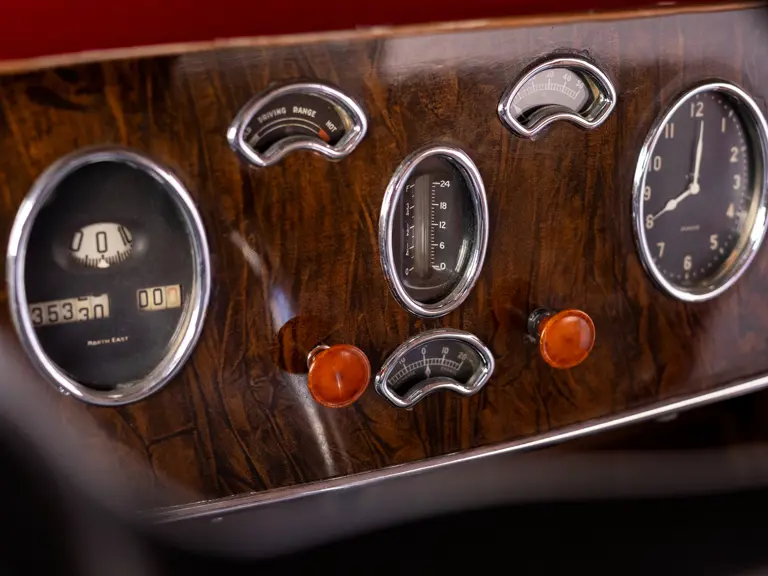






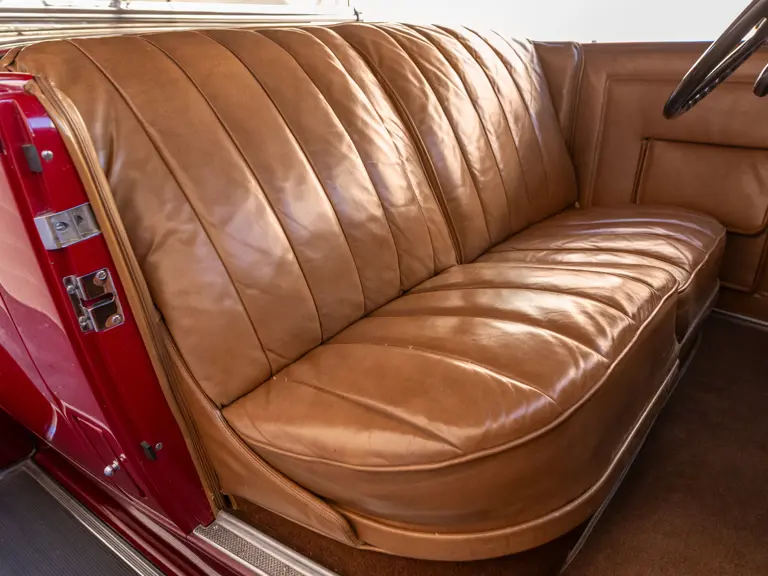




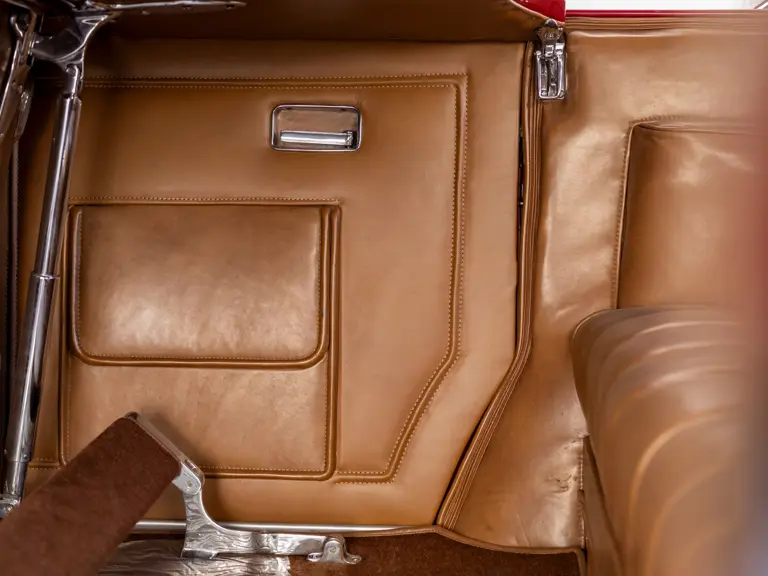



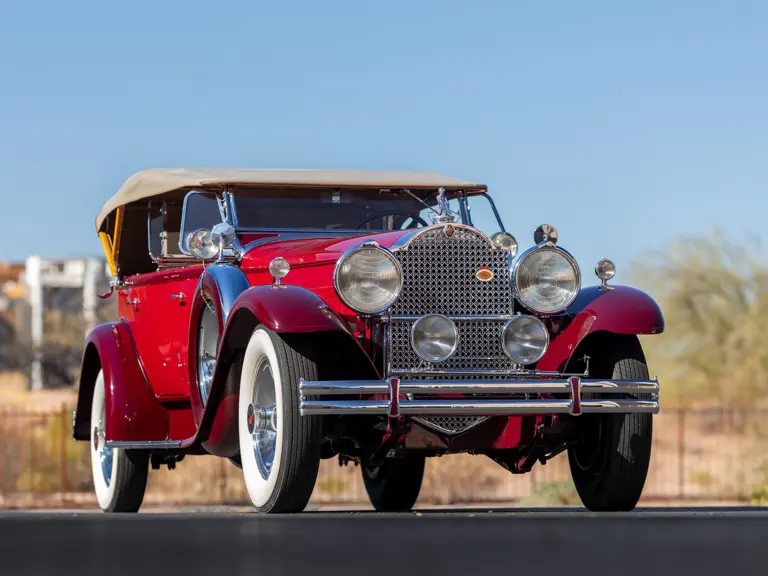



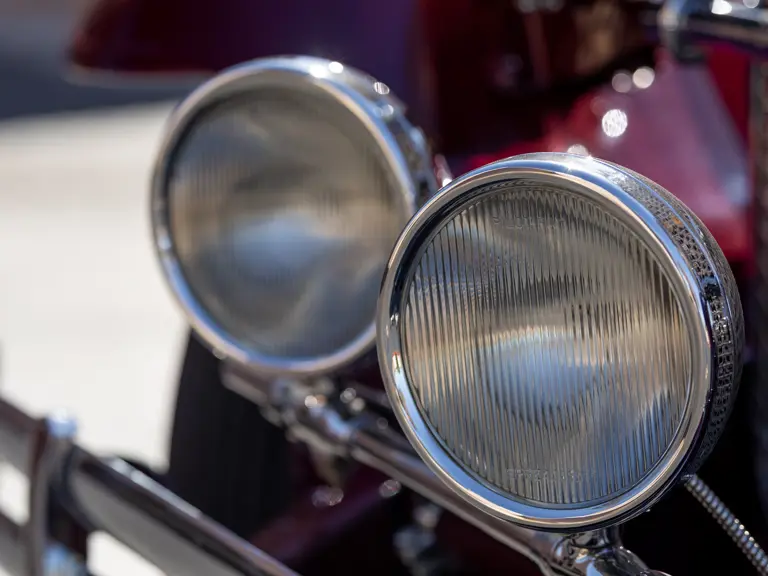



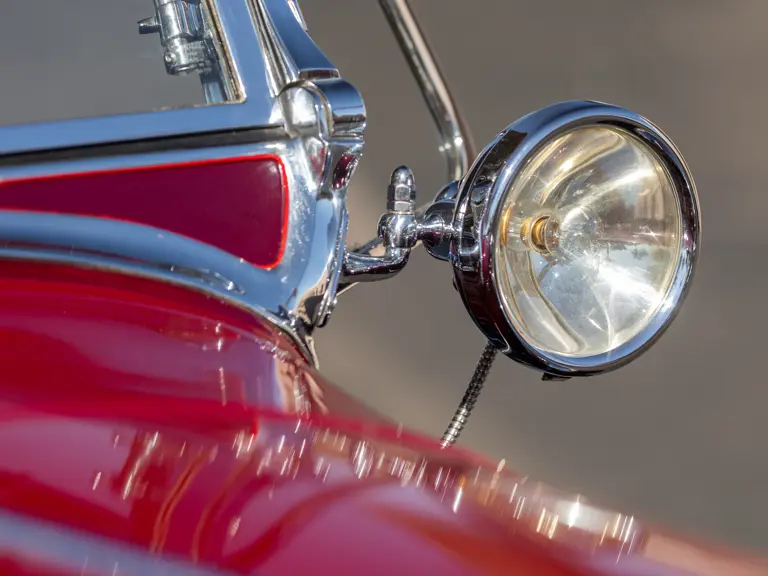

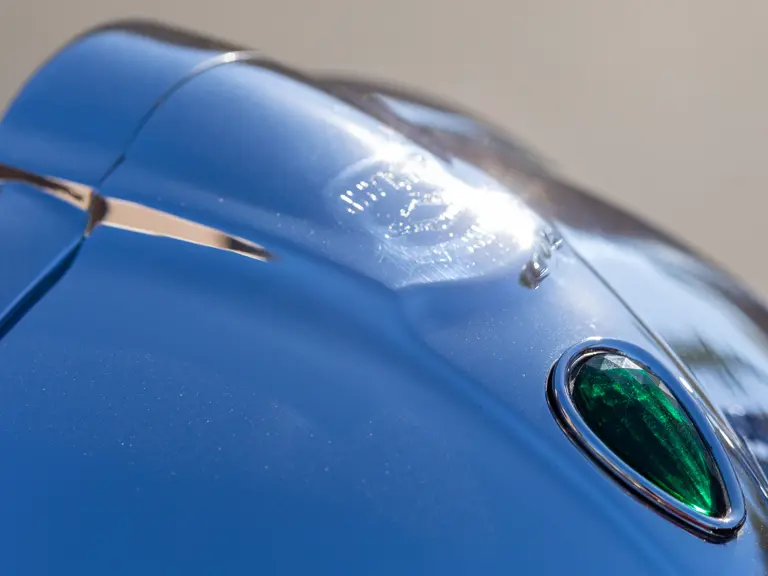
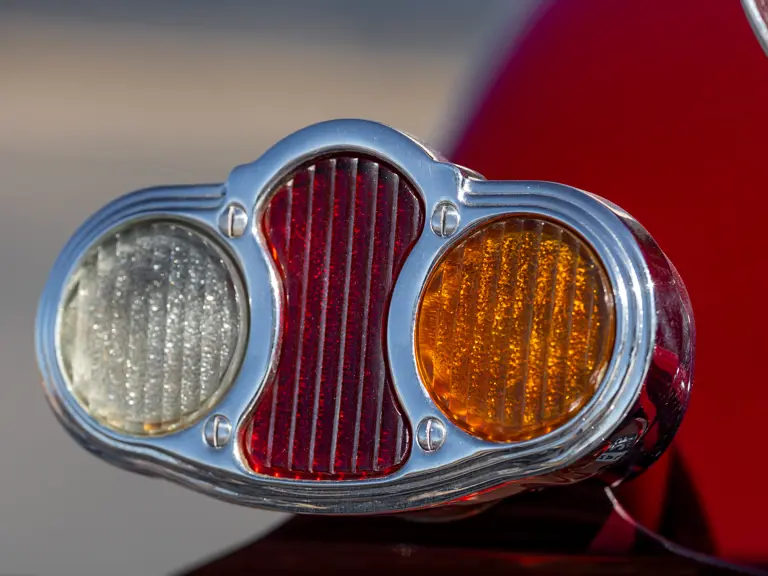

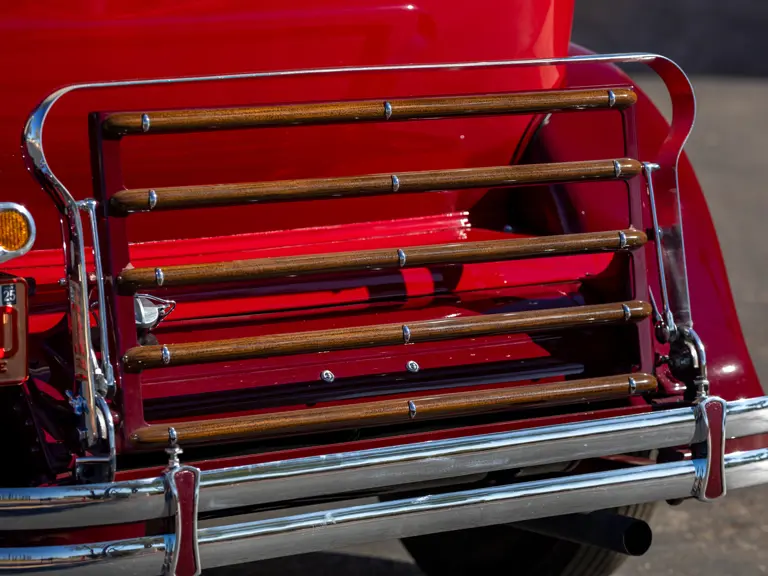



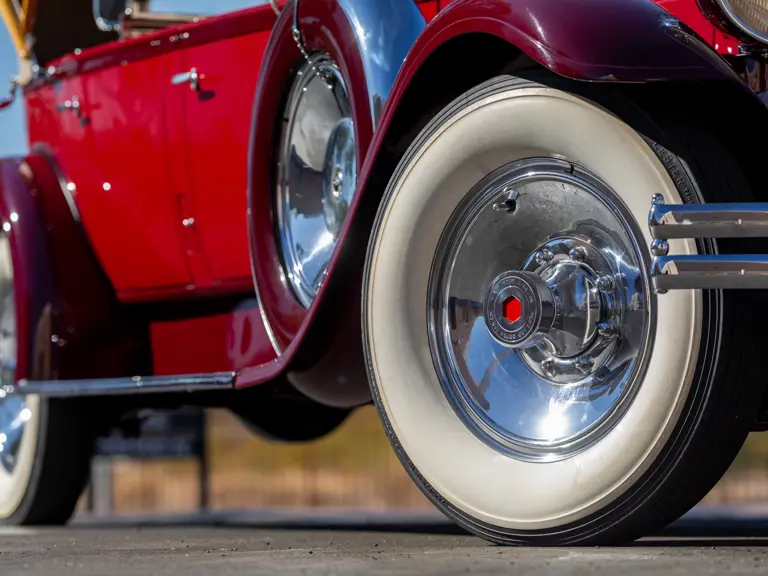










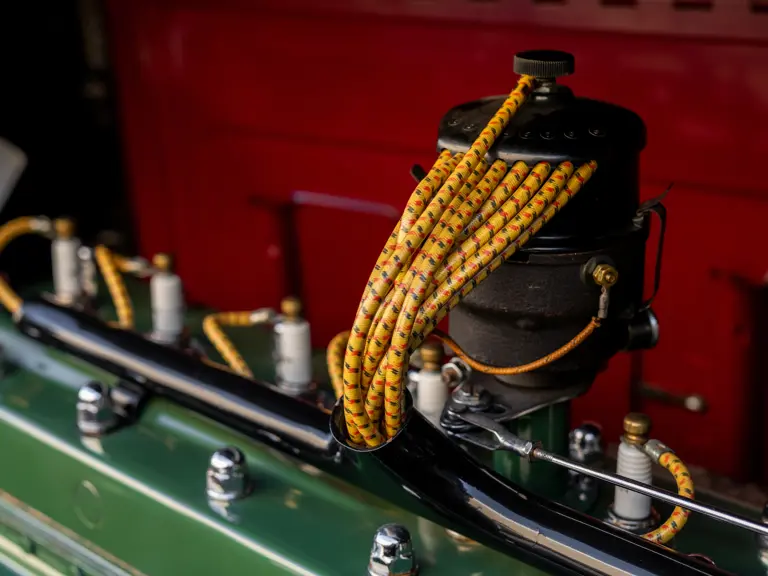



 | Phoenix, Arizona
| Phoenix, Arizona









